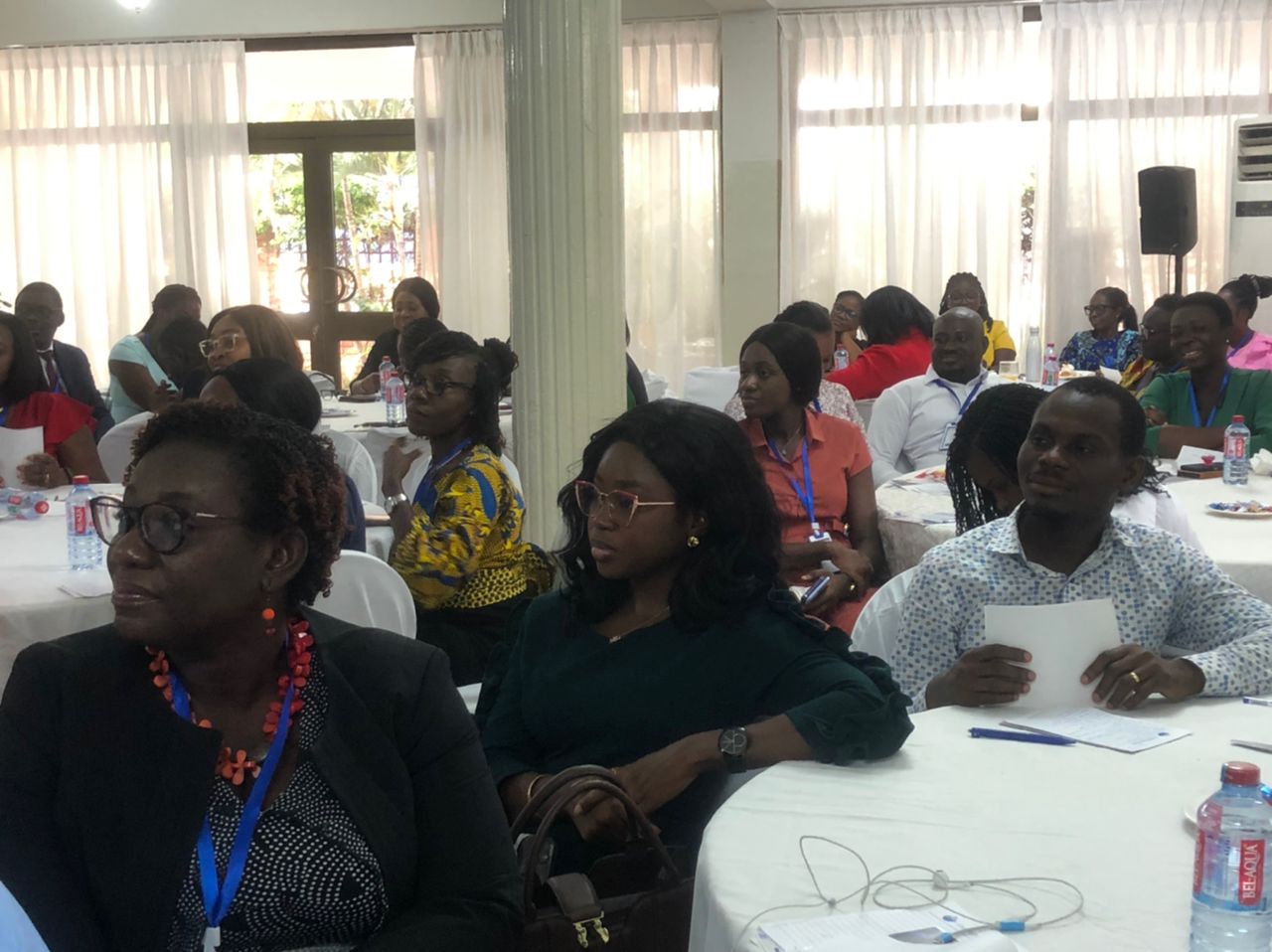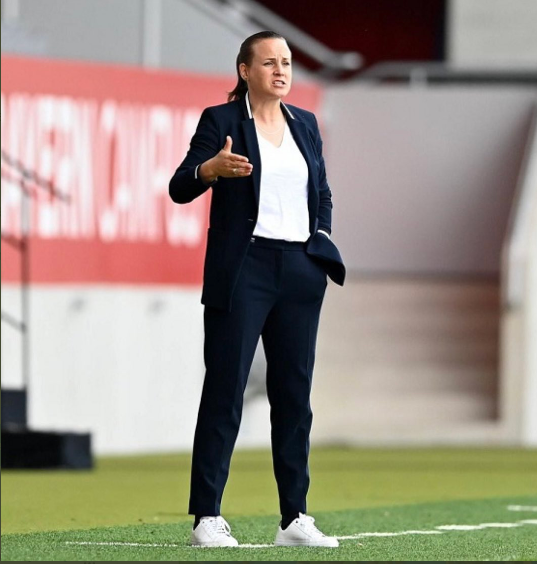
By Senyo ADJABENG
…thinking ‘business’ instead of ‘convenience’
In today’s business environment, getting employees to buy into company objectives is essential to achieving success. This task, however, is far more complex than simply handing out instructions and hoping they are followed. When organizations are competing in crowded markets, winning requires a deeper alignment between leadership and employees — an alignment that goes beyond convenience or comfort and focuses on critical business outcomes.
The challenge is to steer employees toward making decisions that drive long-term business success rather than short-term personal ease. This shift from a ‘convenience’ mindset to a ‘business-first’ approach is crucial in building high-performing teams that can navigate complex competitive landscapes.
In this article, I will explore the steps businesses can take to foster this critical mindset shift among their teams. We will look at real-world examples of companies that have successfully navigated this transition and examine practical strategies leaders can implement to encourage employees to prioritize long-term business outcomes over short-term ease.
By understanding the importance of aligning employee decisions with the company’s strategic goals, organizations cannot only survive but thrive in the ultra-competitive markets of today.
Organizations are constantly seeking ways to gain an edge, whether it’s through innovation, operational efficiency, or customer service excellence. But one often overlooked aspect of business success lies in the decisions made by employees at every level of the organization.
Getting employees to say “yes” to the right decisions, ones that prioritize long-term business success over immediate personal convenience, is a crucial leadership challenge that can make or break an organization.
In their book “Getting to Yes: Negotiating Agreement Without Giving In, first published in 1981 with an updated edition in 2011, Roger Fisher and William Ury show a way to get to an agreement especially in an situation of divergent interests and objectives. Where people have divergent objectives, it is difficult to think beyond their own interests. Hence, it is important to consider and adopt measures that ensure that they can still interact and work together in a win-win outcome.
In the business environment, employees and the organisation do not have the same objectives. Indeed in todays work environment, both naturally seek their own survival except where there is a leadership and organizational decision to use a deliberate and an inclusive approach.
The natural human tendency for an employee is to lean toward convenience. Whether it’s choosing the path of least resistance, sticking to familiar methods, or opting for quick fixes, convenience-driven choices often feel easier and faster in the moment.
However, in the context of business, convenience can be a hidden trap that leads to inefficiencies, stagnation, and missed opportunities. When employees consistently make decisions based on what’s easiest rather than what’s strategically sound, the organization risks losing its competitive advantage.
For businesses to thrive, particularly in competitive markets where agility, innovation, and foresight are critical, leaders must instill a culture that prioritizes business objectives over convenience. This requires more than just issuing directives or implementing new processes; it involves reshaping the way employees think about their roles, their decisions, and the impact they have on the company’s success.
Shifting from a ‘convenience-first’ to a ‘business-first’ mindset is not just about working harder; it’s about working smarter, with a clear focus on what’s best for the company in the long run, even when it requires short-term sacrifices.
The ‘Convenience trap’
Employees, like everyone else, are naturally inclined to seek convenience; simpler tasks, shorter timelines, and immediate results. This tendency is not inherently harmful but, when unchecked, can derail business outcomes. Convenience-focused decisions often prioritize quick fixes over strategic solutions, which can lead to inefficiencies, reduced innovation, and missed opportunities.
For instance, consider how convenience-driven behaviour manifests in technology use. Employees may stick to outdated tools or processes because they are comfortable and easy to use.
However, the decision to avoid learning new systems due to convenience can limit productivity and reduce the company’s ability to stay competitive in the market. A common example is the adoption of project management tools like Asana or Jira.
Many teams are resistant to change and prefer the simplicity of spreadsheets or email-based task management, but this convenience can lead to missed deadlines, unclear responsibilities, and poor project execution. Companies that push beyond this convenience trap and implement sophisticated tools see more effective coordination and better performance, which in turn leads to a competitive advantage.
To win in today’s competitive environment, businesses must foster a culture where employees prioritize business objectives over personal convenience. This involves creating a mindset shift that encourages employees to align their decisions with broader company goals. Employees are more likely to move away from a convenience mindset when they understand how their actions affect the company’s bottom line.
One way to achieve this is through transparency in communication. When leaders share how individual tasks or initiatives fit into the company’s overall strategy, employees begin to see their roles as part of a larger business context.
Leaders can also drive this shift by recognizing and rewarding employees who make decisions that prioritize long-term business outcomes. Instead of only celebrating easy wins or fast results, companies can develop performance metrics that emphasize strategy, innovation, and the ability to anticipate market needs.
A mindset focused on business outcomes requires constant learning and skill development. The competitive environment demands employees who are adaptable and equipped with the latest knowledge in their fields. Organizations that foster a culture of continuous learning will see employees making more informed decisions that benefit the company, even if those decisions require extra effort.
Addressing resistance to change
One of the biggest hurdles to moving employees from convenience to business-first thinking is resistance to change. Overcoming this requires addressing the underlying fears and uncertainties that drive resistance.
Change often involves failure or missteps, which can discourage employees from stepping out of their comfort zone. Leaders can counteract this by creating an environment that treats failure as a learning opportunity rather than a career-damaging mistake.
Avoiding gross penalties and punishment against employee errors rather than a corrective approach ensures that employees develop the confidence to pursue innovation while learning from mistakes. When employees feel safe to take calculated risks, they are more likely to think strategically and act in the company’s long-term interest.
Middle managers are often the linchpin in driving this cultural change. They interact directly with front-line employees and have the power to either reinforce or hinder the shift toward a business-first mindset. Engaging middle management in this change is key, ensuring they model the behaviours that align with company goals.
As a case study, consider Apple’s turnaround during the late 1990s under Steve Jobs. One of Jobs’ first initiatives was to make middle management accountable for the company’s overall direction, rather than allowing them to prioritize their departments’ immediate concerns. This shift helped Apple focus on innovation and product excellence, eventually leading to its domination in the consumer electronics market.
Getting to Yes
“Getting to Yes: Negotiating Agreement Without Giving In” is a classic book on negotiation, authored by Roger Fisher, William Ury, and later joined by Bruce Patton. It introduces a method called “principled negotiation,” which emphasizes collaboration over confrontation to reach mutually beneficial agreements. Key concepts of the book may be used to counter employees’ resistance to change.
- Separate the People from the Problem
In any workplace, it’s crucial to focus on the issues, not the personalities. Emotions, egos, and miscommunications often escalate differences, but managers and supervisors must stay objective and address the problem rather than attack the individuals involved. By building strong interpersonal relationships and communicating effectively, teams can keep discussions productive.
- Focus on Interests, Not Positions
Often, people become entrenched in their positions, making compromise difficult. Fisher and Ury argue that successful interactions come from identifying the underlying interests behind the positions. Instead of arguing over demands, teams and individuals should explore why both sides want what they want, then find ways to satisfy those deeper interests.
- Generate Options for Mutual Gain
Rather than settling on a single solution early in workplace disagreements for example, Fisher and Ury encourage creative brainstorming to develop multiple options that could satisfy both parties. Expanding the pool of possible outcomes increases the likelihood of finding a win-win solution that addresses everyone’s interests.
- Use Objective Criteria
When disagreements arise, it’s helpful to agree on objective standards (such as legal precedents, market value, or expert opinion) to guide the decision-making process. This removes subjective opinions and helps ensure that both parties feel the final decision is fair and based on external benchmarks, not personal preferences.
“Getting the Yes” advocates for a collaborative, interest-based approach to situations of divergent interests, where the goal is not to “win” at the expense of the other party but to reach an agreement that benefits both sides. The principles are widely applicable, whether in business deals, workplace discussions, or interpersonal conflicts, making it a foundational text for effective, peaceful interactions especially negotiations in business environments.
Getting employees to say “yes” to the right actions requires a shift from convenience-based thinking to a business-first mindset. This cultural transformation involves transparent communication, rewarding business-aligned decisions, fostering continuous learning, and creating an environment that encourages calculated risk-taking.
Leaders must actively engage with their teams and middle managers to drive this shift, ensuring that the company’s long-term success is prioritized over short-term ease.
By embedding a culture where employees think about the business impact of their decisions rather than their convenience, organizations will be better positioned to navigate the complexities of the market and maintain a competitive edge.
The post HR Frontiers: Getting employees to YES appeared first on The Business & Financial Times.
Read Full Story
















Facebook
Twitter
Pinterest
Instagram
Google+
YouTube
LinkedIn
RSS